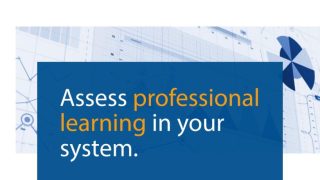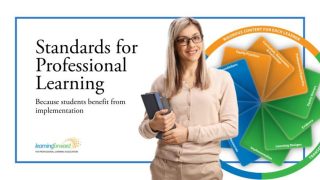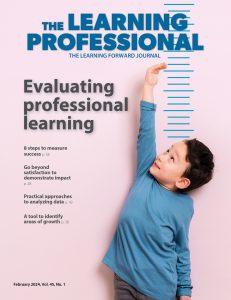I’m thinking about remodeling my outdated 1990s master bathroom. I’ve actually had it on my home improvement list for two years, but perhaps it’s finally time. Maybe early 2016 is the right combination of finances, time to talk to contractors, and patience with the dust and mess of remodeling.
Before any dust can fly, though, I have more work to do. I know that the payoff is in the preparation. I’ve talked and done some research on the internet. I know some contractors to talk to, and have pictures of Plan A – the not-as-expensive bathroom, and Plan B – the more-expensive bathroom. My husband and I have had short conversations on details of the project for the last six months — from moving out of our master bedroom to boarding the dog. It’s important that he is my partner in this. Now it’s time to write the (flexible) plan, finalize, and implement!
As the new school year starts, and districts and campuses work for continued student success, isn’t my home remodeling just like change and innovation in education? No matter our focus—whether tech integration or student success or cultural competency, the research of Shirley Hord and Michael Fullan tells us that the same remodeling steps below will support our change in education. See if these steps are part of your district or campus-remodeling plan:
1) Include others in the planning. Do you want buy-in or ownership? As we moved to a blended learning initiative in my district, representatives of all stakeholders were involved from the beginning. Ownership of this for all participants was critical. They expressed opinions, gave input and were a part of decisions. We wanted them invested from the ground up. We then had key communicators who could explain, clarify, and express the vision.
2) Next, get the word out early, and don’t expect a big reaction. Often folks may seem unconcerned or have little interest. That’s okay. It’s early, folks are busy, and you’ve got time. You’ve planted a seed and can continue to have more conversations. Doesn’t change really happen one small conversation at a time?
3) Begin to provide information on the coming change. As I led the shift to blended learning in my district, we held a kickoff meeting. It was a celebration of current successes, a vision of the future of blended learning for our students and a preview of what was to come. We had lots of good questions-both easy and hard (and lots of chocolate)!
4) Don’t forget how busy a new school year can be. You’ll begin to hear, “I’m so stressed,” followed by, “I did it, and it worked.” Remember that change is both an emotional and intellectual process. Practice patience, keep your sense of humor and communicate, communicate, communicate. Expect resistance, listen to concerns, be ready to support with encouraging words and ideas, help from experts and practical solutions.
5) Use your district and campus structures to help folks focus on making progress. Strong PLCs collaborate and stay productive. Teacher leaders are the best champions of any initiative. Spend your time supporting those who are willing to attempt new ideas. Remember that Todd Whitaker tells us to spend more time on the superstars and less on resistors.
Whether you are remodeling a home or educator learning, these steps will help you see and feel the benefits and satisfaction of a job well done.






